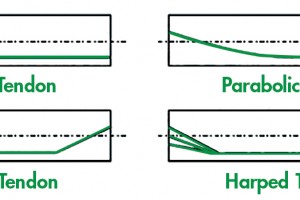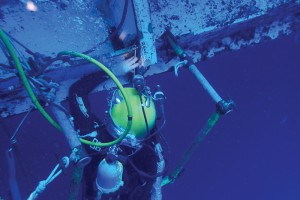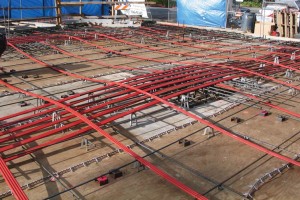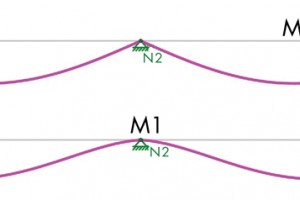Part 2
This is the second of two articles discussing high-level design considerations of prestressed concrete girders. Part 1 (STRUCTURE, January 2021) provided an overview of the post-tensioning and pretensioning processes, described the common materials used in constructing prestressed bridge girders and discussed the time-dependent prestress losses inherent in their design. The discussion continues in Part 2 with fundamental design considerations for internal stress distributions within prestressed concrete girders and the methodology for application.
…









